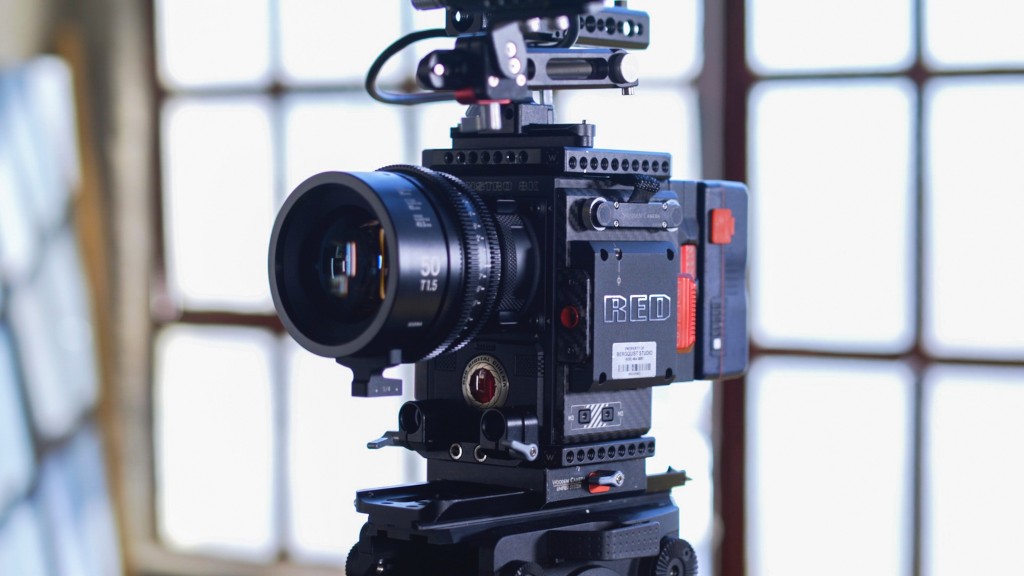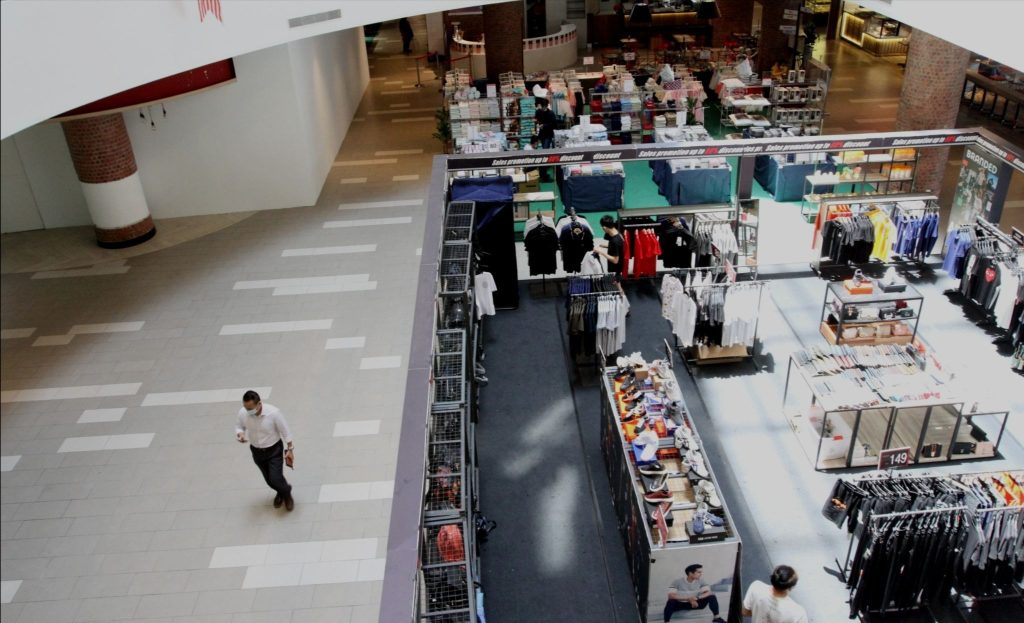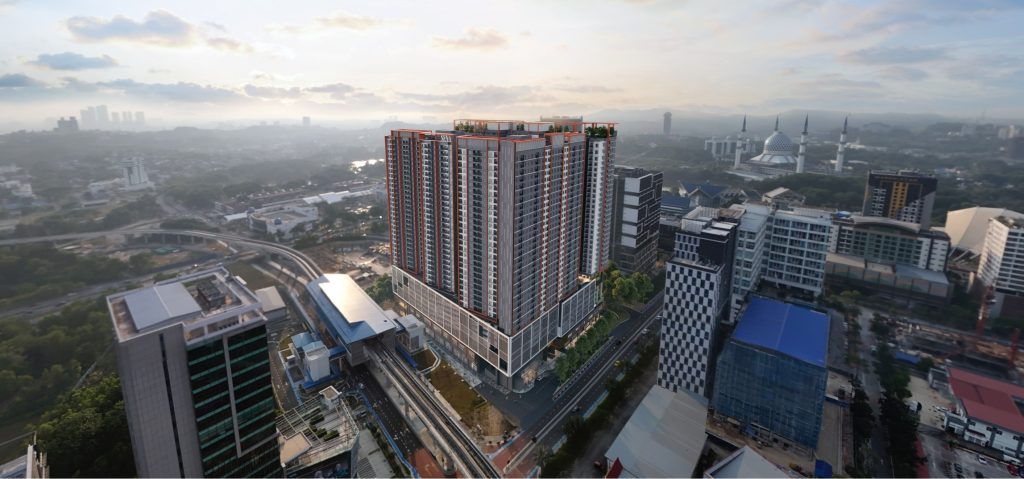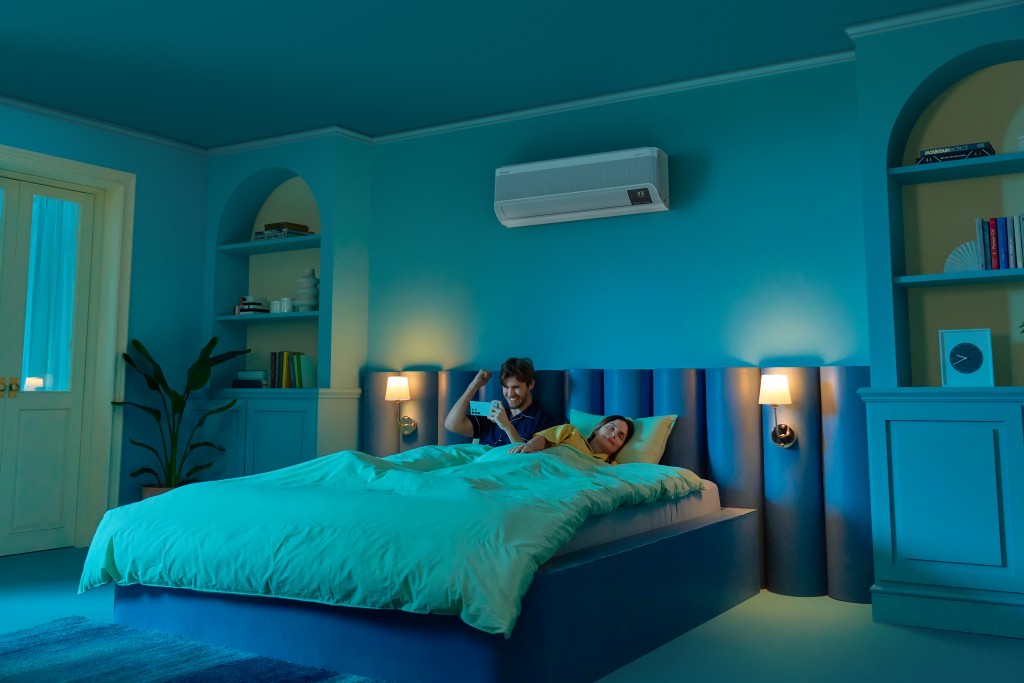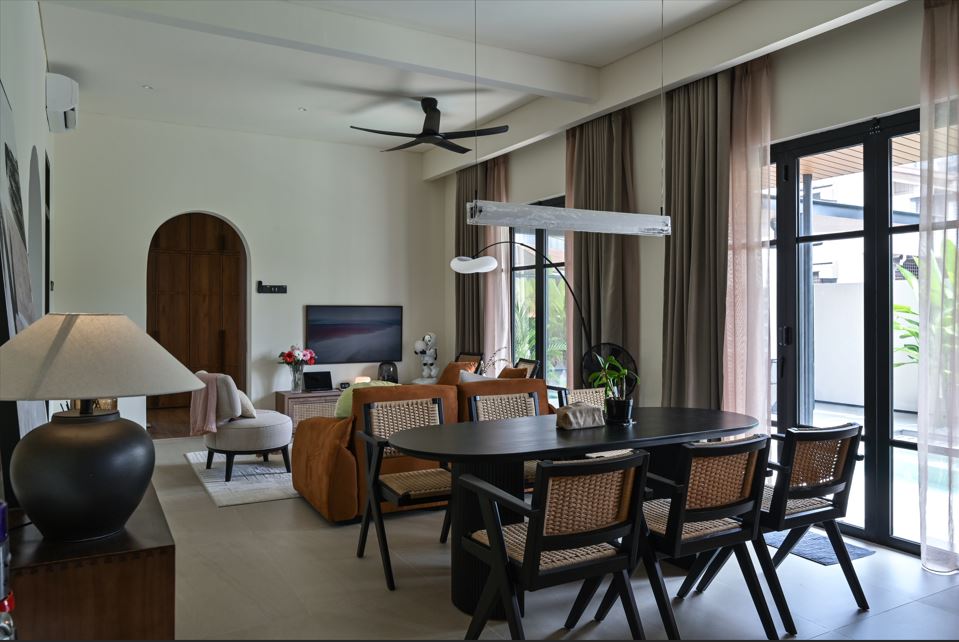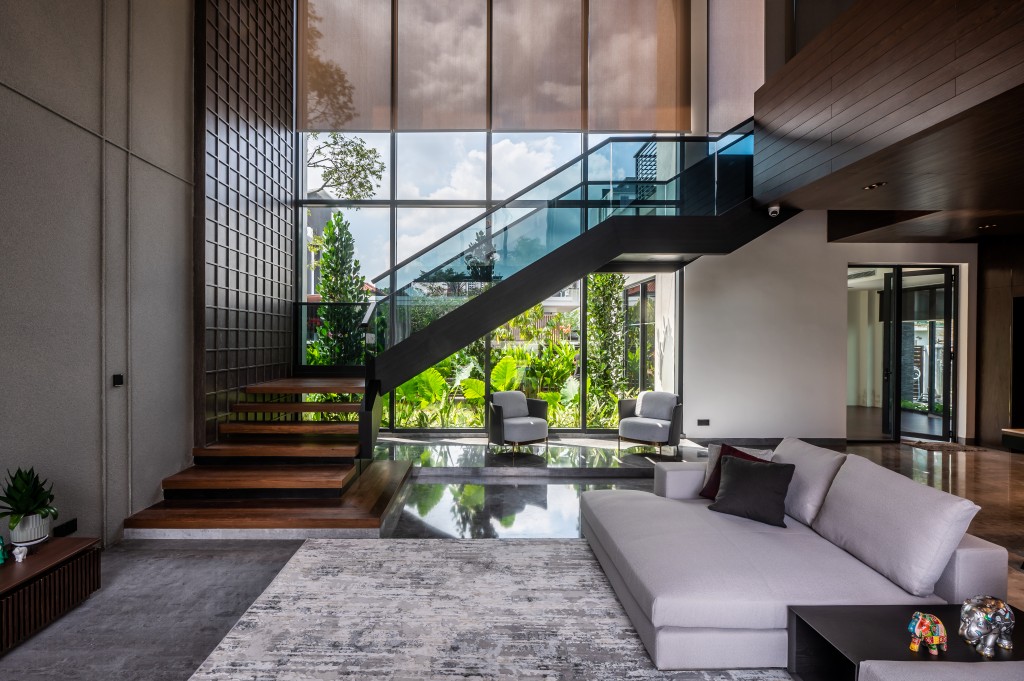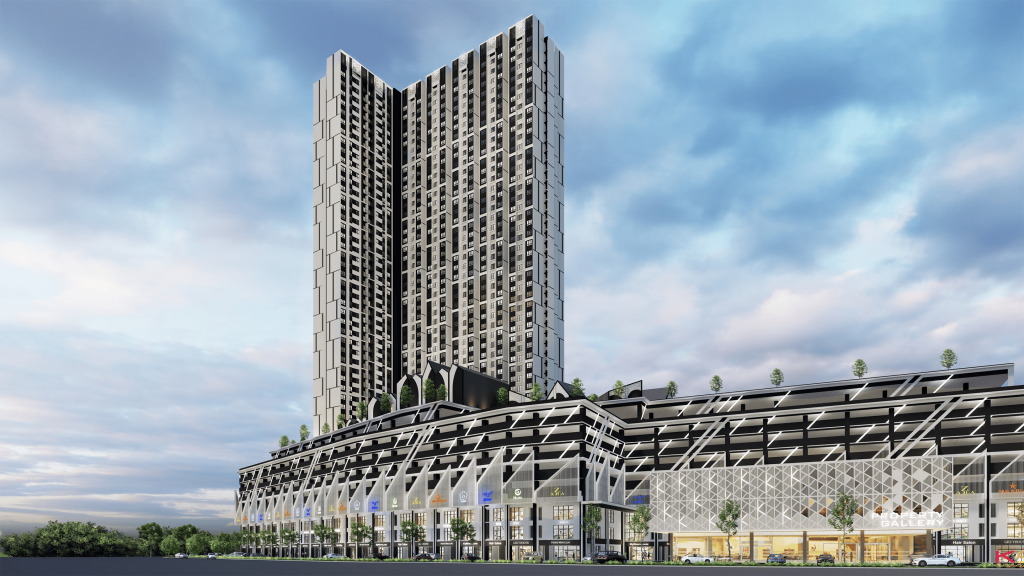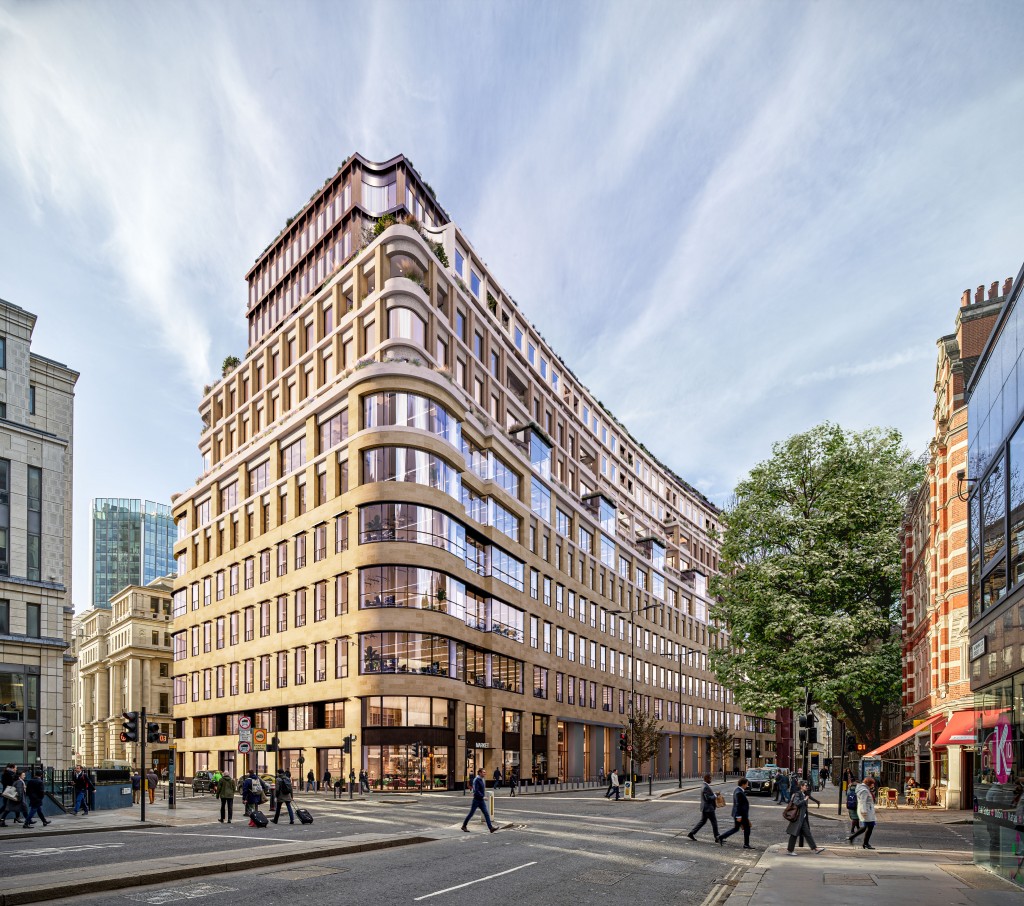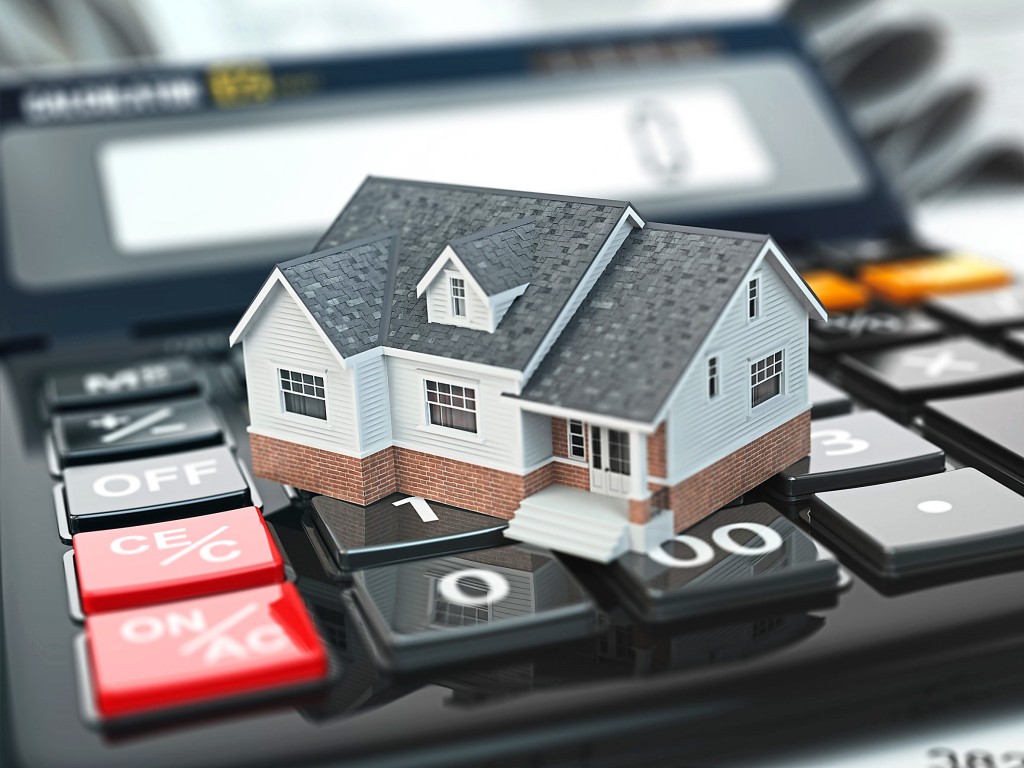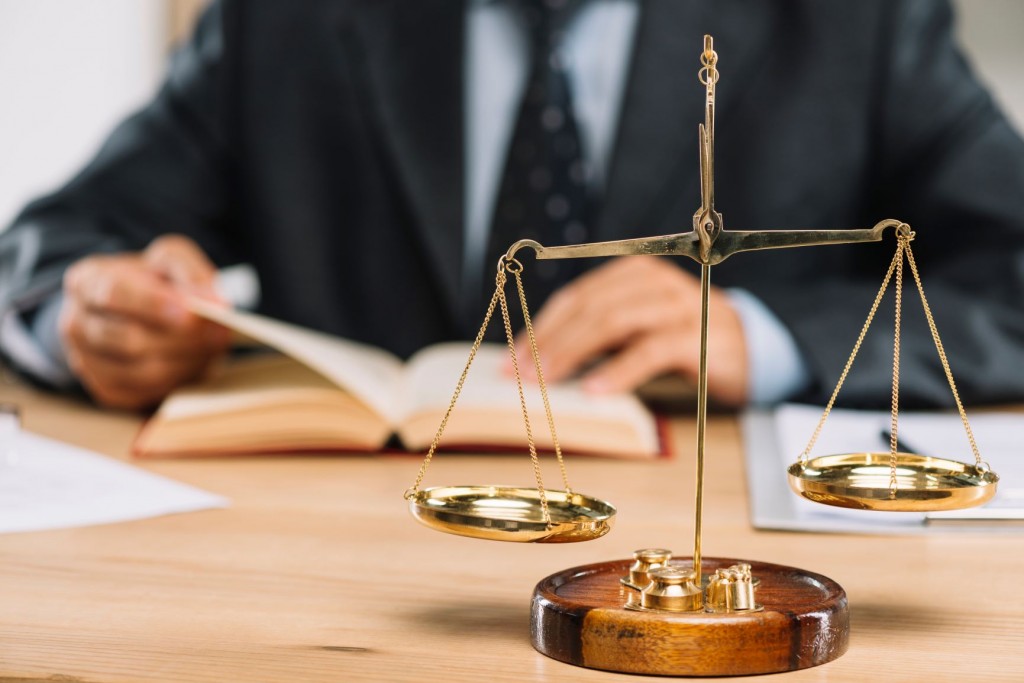A recent spate of renters discovering cameras in short-term rentals has everyone on edge about illegal and covert surveillance.
Property owners put in considerable resources and effort into providing weary travellers with a home away from home – covert surveillance could be a means of protecting their investments.

“I’ll need a security deposit.” Photo by Andrew Neel on Unsplash.
Holidaymakers, like most people who value their privacy, do not typically enjoy the prospect of having their most intimate moments recorded – so here’s a quick guide on how to screen for surveillance devices.

Picture this: on the bathroom wall. Photo by Bernard Hermant on Unsplash.
Placement
Short-term rental platforms such as Airbnb have zero-tolerance policies against hosts who fail to declare the presence and use of surveillance devices in their properties – but some prudent property owners might simply rely on surveillance devices to safeguard their investments against wilful destruction or theft.
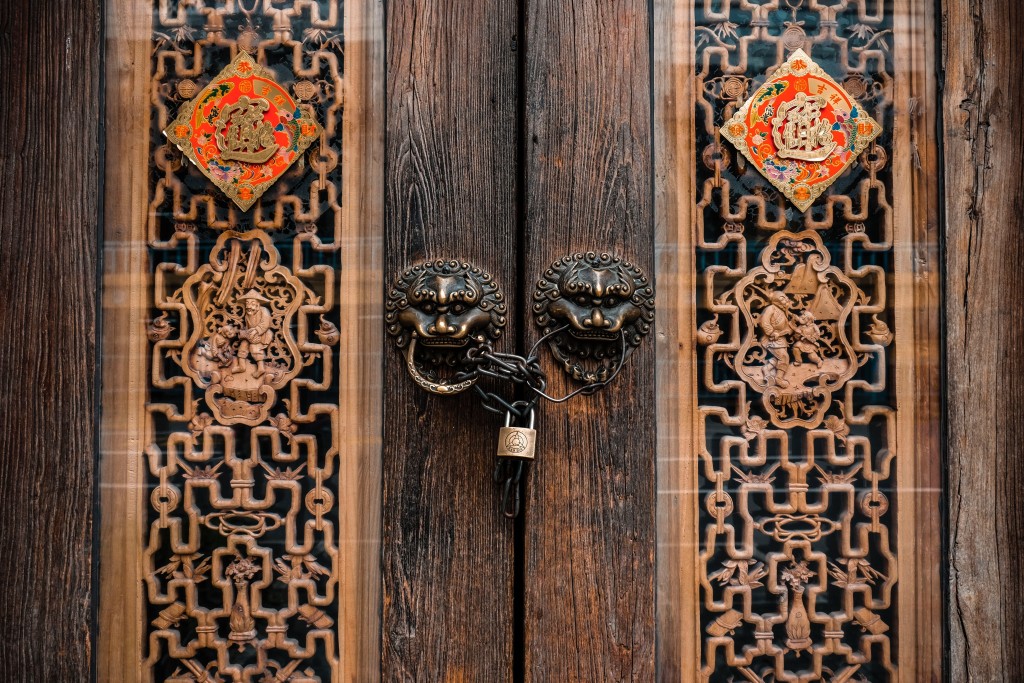
Because cameras are somehow friendlier than having everything locked up. Photo by Henry & Co. on Unsplash.
Cameras meant for thieves and vandals are usually visible in order to serve as deterrents, and these cameras are afforded strategic placements and wide fields of view to enable the surveillance of a property with the fewest number of devices covering the maximum amount of space.

Pictured: not an efficient arrangement of CCTV cameras. Photo by Matthew Henry on Unsplash.
High corners typically offer the optimal field of view for video surveillance, but if some intent more nefarious than practical surveillance is suspected, there may be a few other key areas that may be considered – such as bedrooms or bathrooms.
Power Source
A recording device of any kind requires electricity to operate, which necessitates a camera or microphone being integrated with a battery – but a connection to a separate battery, another powered appliance, or wall socket via a length of cable is also possible in order to minimise the profile of the recording device.
Obvious signs of a powered recording device may be a plug in a wall socket that inexplicably leads to nowhere or a hollow space large enough to contain a battery – but professionally installed recording devices might be connected to a well-hidden battery or installed to piggyback on the power supply of existing appliances.

Photo by Thomas Jensen on Unsplash.
The bulk of a surveillance device’s body will likely be well hidden, but critical components such as lenses and microphones will undoubtedly be exposed – albeit placed above or below eye-level, beyond line-of-sight, and integrated into an existing appliance or piece of decor for camouflage.
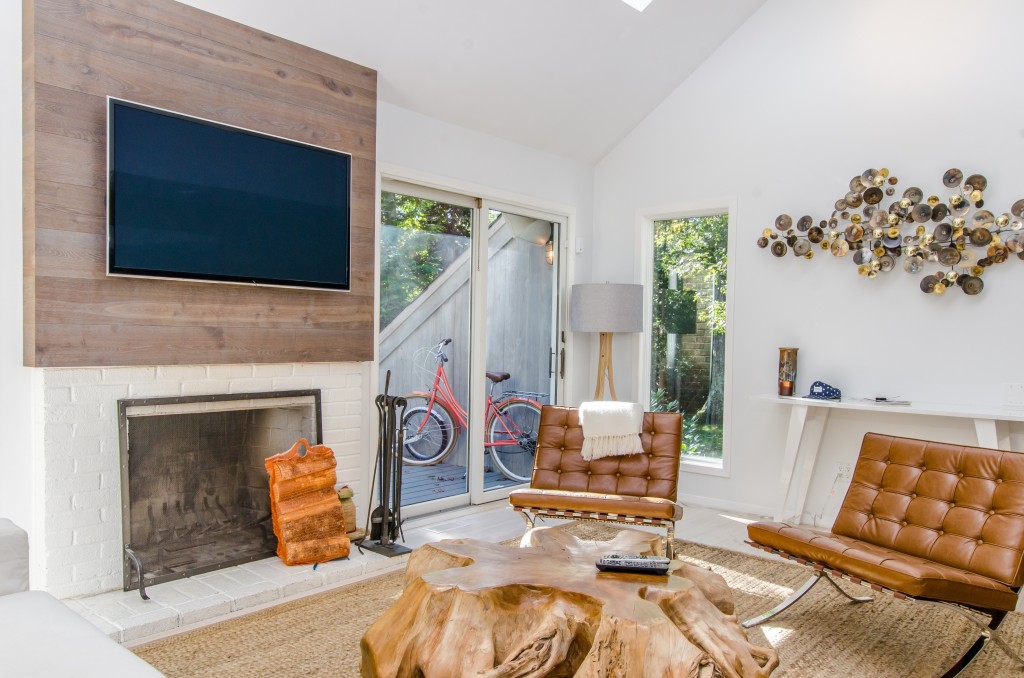
There is a camera hiding somewhere in here – or maybe there isn’t. There’s just too much going on here to be sure. Photo by Chastity Cortijo on Unsplash.
Lighting
Adequate lighting is essential for a camera to be of any use and for a two-way mirror to remain disguised as an ordinary mirrored surface. If a camera’s field of view is dark, there may not be much for the viewer to see, and if the space in front of a reciprocal mirror is dark, any void on the other side of it will be visible.

Photo by Edi Libedinsky on Unsplash.
A carefully conceived surveillance network will likely focus on spaces that are typically brightly lit – the foyer, living room, kitchen, bathroom, and closets. Some signs of recording devices or observational spaces – a blinking light or the appearance of a dark space behind a suspected reciprocal mirror – will be more visible in near-darkness.
Turn off the lights and draw the curtains to make the interior as dark as possible, then hold a flashlight at eye-level, or look through a smartphone’s camera – use an ordinary remote control to verify that your camera does not filter out infrared light – and scan for the exposed lens of a live camera.
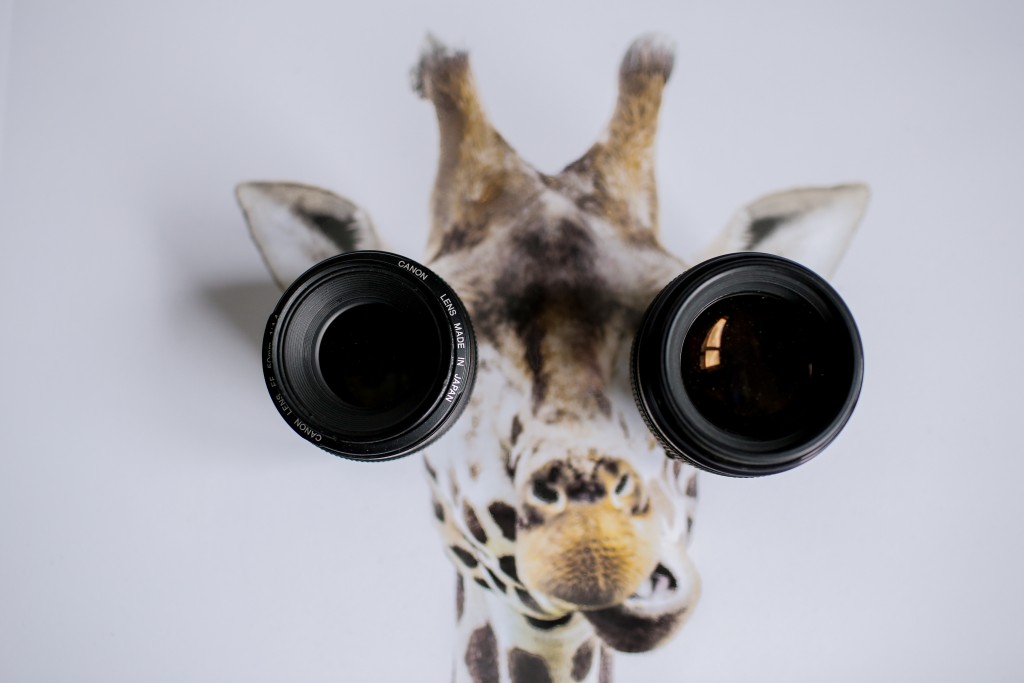
Photo by James Bold on Unsplash.
The lenses of some easily available pinhole cameras can be as small as 2mm in diameter and disguised as the head of a screw, so take your time to scan every nook and cranny you come across. While more laborious, using a flashlight held at eye-level will help you spot a camera’s lens even if the recording device is not operating at the time.
Radio Frequency Interference
If a recording device is live and transmitting, there may be a sustained radio signal occupying certain frequency bands of the electromagnetic spectrum – occasionally resulting in interference with other wireless devices such as smartphones or internet routers occupying overlapping frequency bands.
Tell-tale signs of radio signal activity from a recording device can occasionally be picked up while using a smartphone to make a call – but there may not be any interference to pick up if the device operates at a different frequency, if it is turned off, if it relies on wired transmission, or if it records to a form of offline storage such as a memory card.
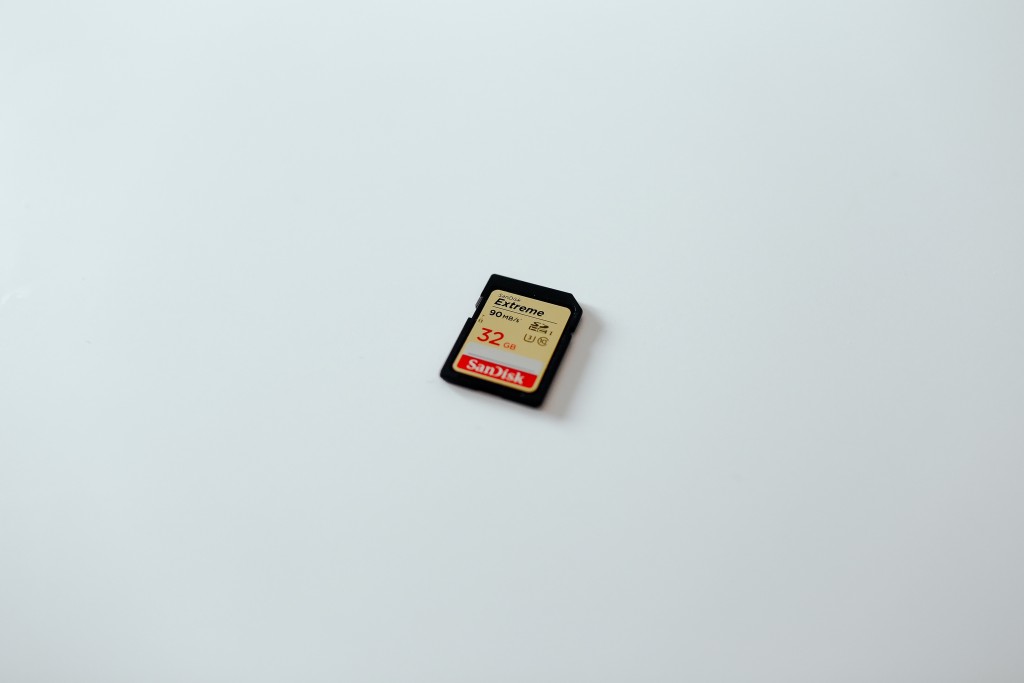
The SD memory card is a recoverable, low-profile form of storage that allows for transmission to be avoided entirely – if it can be reliably recovered. Photo by Tom Pumford on Unsplash.
Detectors
If you travel a lot, or if you consider yourself a cautious individual, you may want to invest in a specialised and handheld camera detector or radio frequency (RF) detector to simplify the respective tasks of looking for exposed lenses and hunting down a transmitter.
Note: Sweeping for transmitters with an RF detector will not reveal offline recording devices or wired transmissions. A well-financed institution or a determined individual could apply transmitters operating at higher or lower frequency ranges – beyond the reach of commercial-grade detectors that sweep commonly used frequencies ranges.
Keep in mind that you may have to surrender that expensive RF detector when passing through certain airports, and travelling with even a commercial-grade detector may result in unwanted attention from law enforcement or intelligence agencies in many parts of the world.
What to do if you find a camera
If you suspect the presence of a camera, cover the lens with a towel or a piece of adhesive tape, notify the short-term rental service, gather evidence for law enforcement to act on, and leave the premises. Do not attempt to disconnect or destroy the recording device – it may be a completely legitimate safety measure and you might end up being liable for the payment of repairs or replacements.
Visit StarProperty on Facebook to stay informed on all things related to property.

